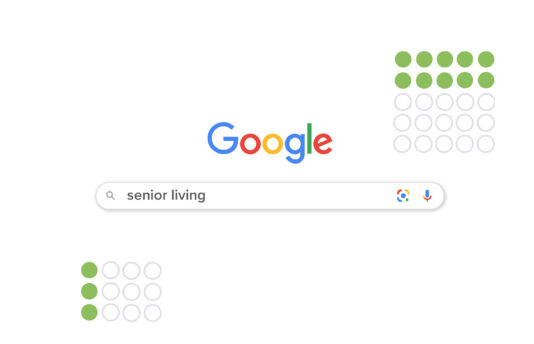According to a survey conducted by the physician recruiting firm Merritt Hawkins, primary care physicians (PCPs) are driving significantly more hospital revenue on a per-doctor basis than ever. And although PCPs are no longer topping specialists in hospital revenue (as in 2013), the study revealed that in 2019, median revenue per primary care physician is $2.13 million, up 52% from the 2016 survey.
In fact, more physicians are seeking hospital employment instead of owning their own practices. According to the 2018 Survey of America’s Physicians, only 25.7% of PCPs identified as practice owners, compared to 52% identifying as employees. This ownership percentage is down from 57% in 2000. As a result, hospitals are capturing more direct primary care revenue as opposed to just referral revenue.
These trends reflect the growing role of primary care and, consequently, the need to focus on improving the way in which these practices are marketed. Building a differentiated market presence for primary care and an orchestrated approach to acquiring covered lives is now more important than ever.
Understanding how consumers make their decision regarding who to use for primary care is the first important step toward building an effective healthcare marketing campaign. People learn of potential providers through a variety of means: personal referrals, advertising, online directories and information hotlines. A strong healthcare marketing strategy must start by building communication tactics that will connect with likely targets at these touch points while creating brand awareness. To put your providers into consideration, messaging should answer the pressing questions on everyone’s minds during the midst of a global pandemic.
1. Are you maximizing the potential of telemedicine?
Telemedicine is not a new concept. In fact, its earliest uses date back to the late 1950s, when two institutions developed a closed-circuit television system between them to perform psychiatric evaluations. But although its widespread use has continued to increase since then, 2020 has seen an astronomical spike in virtual services. According to Definitive Healthcare, unique telehealth claims increased from 270,808 in April 2019 to over 12 million in April 2020.
As of 2020, your practice probably already offers telemedicine options. But are you using it to its best benefit? Aside from the obvious doctor-patient consultations, what else can you offer? Well, actually, a plethora of options. Consider offering options for language translation services. Offer flexibility for users who may have limited technology access (e.g. video consultation, phone consultation or online chat). Integrate software into your app that allows patients to upload photos of an issue (such as a rash) and then allows you to connect them to a specialist. Provide continuing education courses or seminars for healthcare professionals.
2. What insurance types are accepted, and what services/provider types are covered by insurance?
The U.S. reached a record high unemployment rate of 14.7% in April 2020. And though numbers are trending downward to 7.9% in September 2020, this is still alarmingly higher than pre-pandemic rates, which hovered around 3.5%. And with the loss of jobs comes loss of employer-sponsored health insurance, in many cases, leaving millions of Americans to have to find coverage elsewhere, be it through COBRA, Medicaid or Affordable Care Act options.
This is your opportunity to shine. Make it easy for consumers to find information on what insurance types you accept and what services are covered. What services are offered by nurse practitioners, physician assistants and doctors of osteopathic medicine? Does coverage differ based on who you see? The faster consumers can find the answers to these questions, the more likely they are to choose you if your coverage fits their needs.
3. What precautions is your practice taking to keep consumers safe?
With new statistics emerging every day about COVID-19, consumers are taking more precautions than ever: staying home, social distancing, washing hands frequently. But one “precaution” we’re also seeing more of could actually be detrimental to consumer health—lack of scheduling or keeping routine care appointments.
With consumers unsure of the safety of going into a hospital or medical practice, you need to shift your marketing efforts toward ensuring peace of mind. What is your practice doing differently than you were pre-pandemic? What routine procedures can be performed safely in office? What specific safety protocols do you have in place? Potential consumers are likely worried, so use your marketing campaign as an opportunity to put their minds at ease.
Now, with your healthcare marketing strategy engaged and your providers on the “shopping list” of a growing number of healthcare consumers, decision making moves to other stages of consideration. Not unlike any other typical buying process, these stages include the evaluation of the provider’s alignment with personal needs and wants, the comparison of features and benefits and the analysis of value. During this process, healthcare consumers make assessments based on the same new market drivers in play for all types of medical care in our evolving consumer-centric market: 1) Outcomes (quality), 2) patient engagement (experience) and 3) price (value). Then for primary care, we add a fourth important factor: 4) Location (convenience).
With an increase in competition and the stakes so high, being passive and conservative is not an option for hospital marketers. The good news is that there are opportunities to gain market share for those who understand their consumer markets and how they respond to messaging and initiatives.











